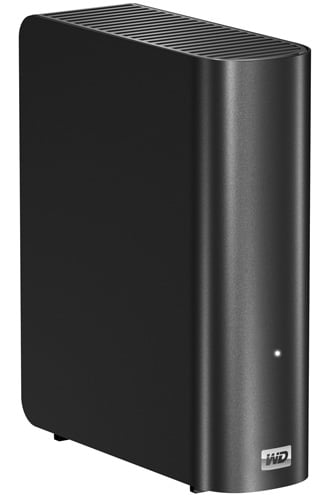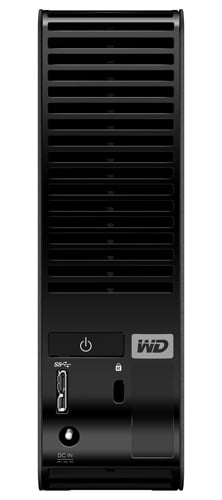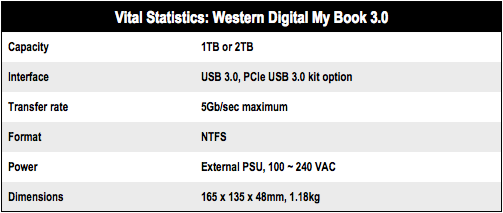This article is more than 1 year old
Western Digital My Book USB 3.0 drive
The fast show
Review Making the claim for the “first certified SuperSpeed USB 3.0 storage devices” is Western Digital with its new My Book 3.0 external desktop hard drive. Available as standalone models or in a kit form, which includes a USB 3.0 PCIe card, these 1TB and 2TB drives promise to raise the bar for external storage transfer speeds.

Need for speed: Western Digital's My Book 3.0
Now, before we blather on about the My Book 3.0, what are the potential performance gains of USB 3.0 and do we really need it? We are certainly all familiar with USB 2.0 and its 480Mb/s cap, which allowed for a theoretical upper limit of 60MB/s. This has managed to keep the majority of us going throughout the past decade since its release in April 2000.
With USB 3.0 we get all the familiarity of USB 2.0, yet kicks it up a logarithmic notch with a ten-fold increase in theoretical transfer speeds of up to 4.8Gb/s (600MB/s). These are lofty expectations and the numbers are only theoretical. However, the USB 3.0 specification does consider transfer speeds of 3.2Gb/s (400MB/s) to be easily achievable after taking protocol overhead into account.
Gone are the days of eSata and Firewire 800 as the fast external interfaces, USB 3.0 outstrips eSata by 1.8Gb/s and Firewire 800 by 4Gb/s. Given that is eSata the same protocol used in Sata 2 hard drives with a different connector then, unless you've really got your finger on the pulse and have a 6Gb/s Sata 3 drive installed such as Seagate's Barracuda XTUSB 3.0 will run faster that our internal hard drives. USB 3.0 is so fast that, in terms of external hard drives, in most cases it will be the Sata bus between the hard disk and the enclosure that limits performance.

USB backward compatible, but with obvious performance penalties
However, when you are arguing on this level, you can get stuck into the fact that the actual limiting speed in any non-solid-state Sata application is the speed at which data is transferred inside the hard disk itself, before it even reaches the Sata bus. This means that with the introduction of USB 3.0, additional performance gains in external hard drives now depend ever more on the internal workings of the drives.

